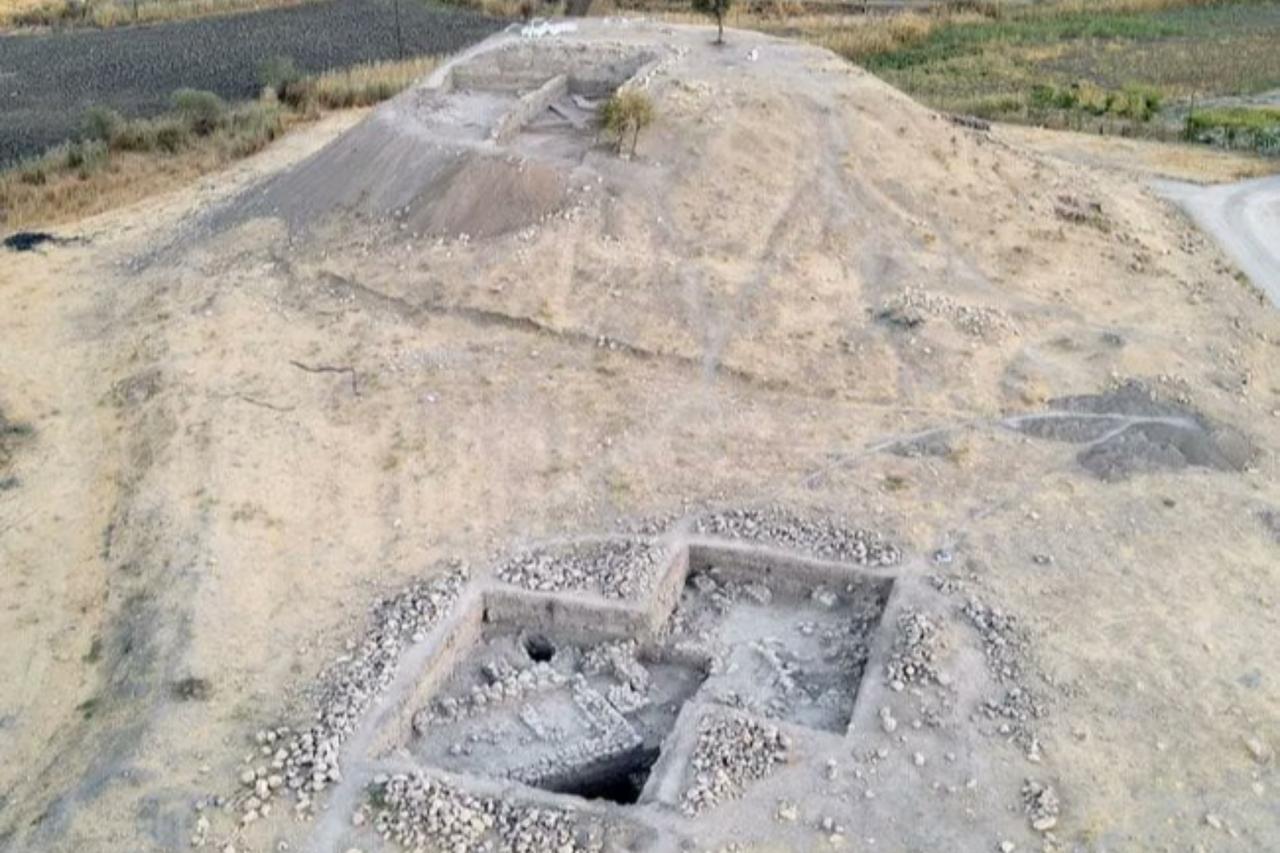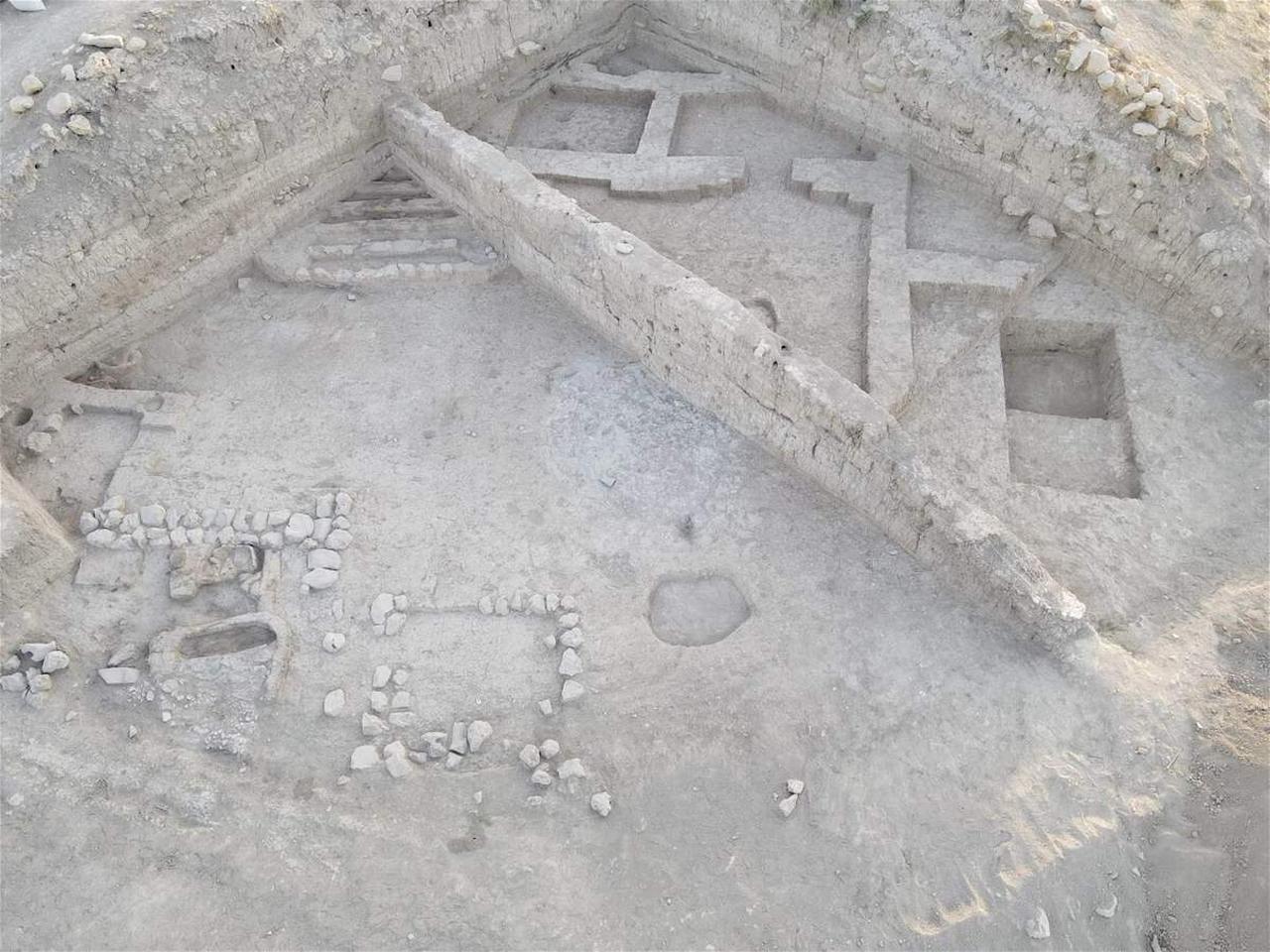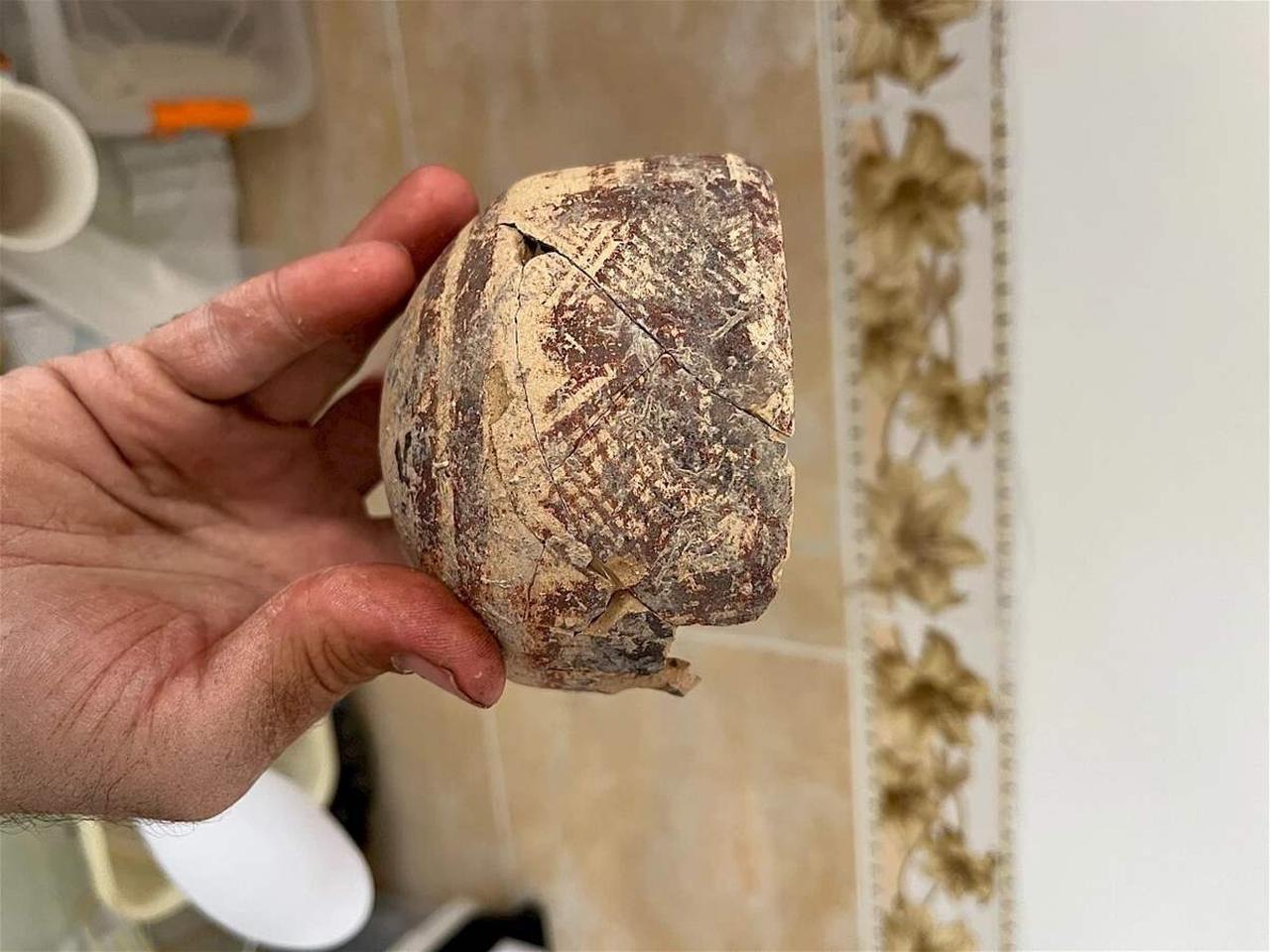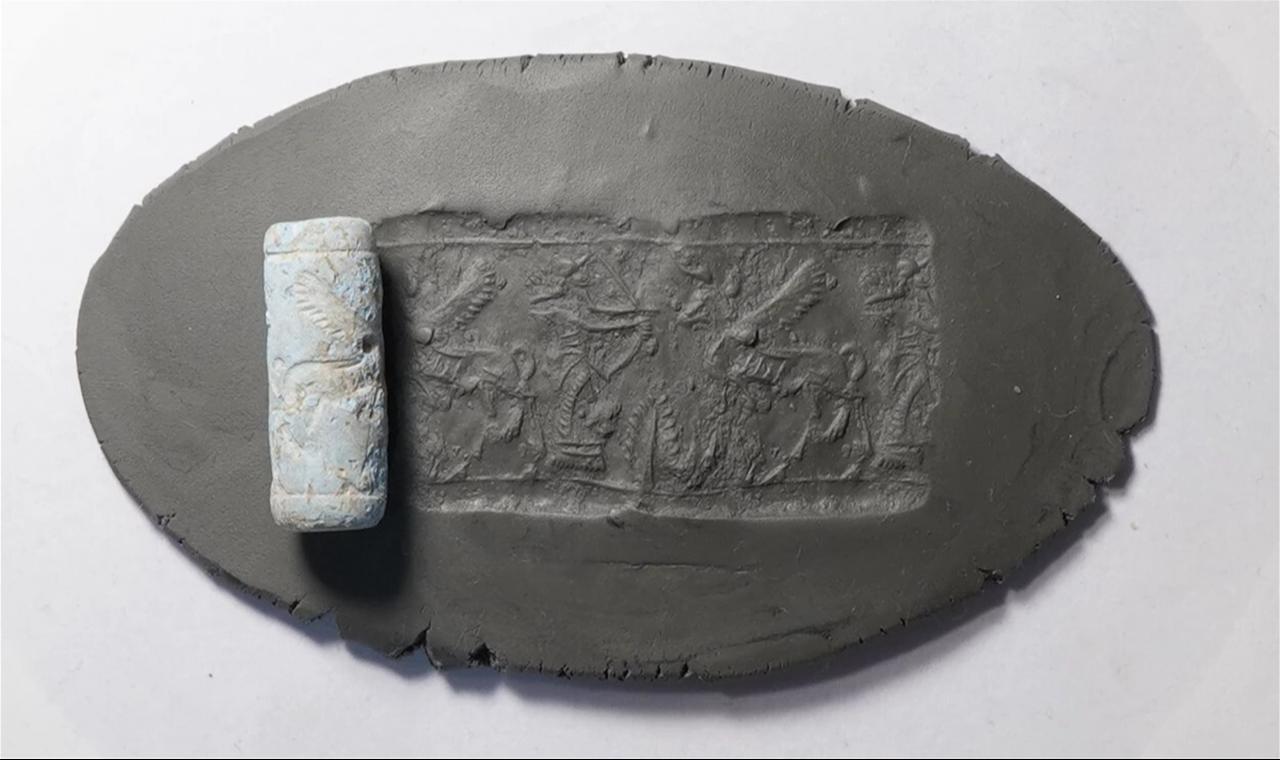
Archaeologists in northern Iraq have uncovered rare artifacts and architectural features at the ancient Kani Shaie site, shedding new light on early urban life and religious practices in Mesopotamia.
The find consists of a roughly 5,000-year-old structure that researchers believe served as a “cult space” or temple for worship.
The discovery includes gold jewelry, cylinder seals, and decorative mosaic wall cones, suggesting the region held significant cultural and political importance during the Uruk period.

However, the most striking find was the collection of decorative wall cones—exquisite fired-clay pieces that formed geometric mosaic panels adorning the building’s walls.
The Kani Shaie site lies about 480 kilometers (0.62 miles) north of the city of Uruk—a distance that would have taken roughly two weeks to walk in ancient times.

This discovery confirms that the region was part of an interconnected cultural and political network across Mesopotamia.
Uruk is considered one of humanity’s earliest major urban centers and was the first true city in the world, with a population reaching up to 80,000.
It is where cuneiform writing—the world’s first writing system—was invented, and where the earliest written numbers used to record agricultural yields emerged, along with the development of early art and monumental architecture.
Excavations at the Kani Shaie site have been ongoing since 2013, revealing a unique archaeological record documenting continuous human settlement from the Copper Age around 6500 B.C. to the third millennium B.C.

The excavation campaign in 2025, led by a team from the University of Coimbra in partnership with the University of Cambridge and the Slemani Antiquities and Heritage Directorate, uncovered the monumental building on the upper part of the Kani Shaie mound, dating to the Uruk period (3300–3100 B.C.).
The building may have served as an official monument or cultic space, and the find could transform our understanding of Uruk’s relationship with neighboring regions.
The team also recovered a fragment of a gold pendant and a cylinder seal—objects associated with wealth display, administrative control, and legitimization of power—reinforcing the interpretation of the building as a public or ceremonial structure.